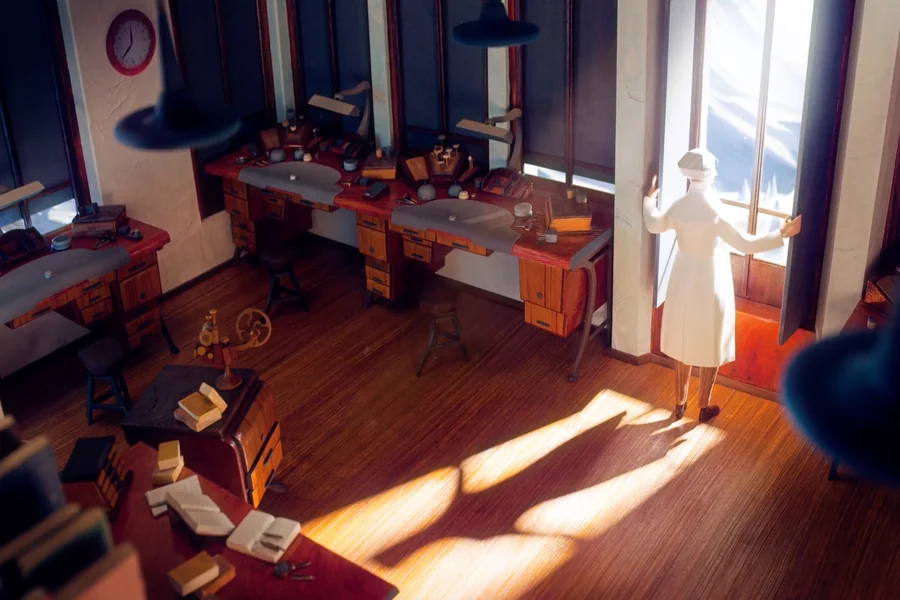Animation studios have long been the birthplace of some of the most enchanting and imaginative stories in entertainment. Behind every captivating animated film or series lies a complex, collaborative process that combines artistry, technology, and storytelling expertise. How animation studios craft their magic reveals the dedication and creativity that transform drawings and pixels into vibrant worlds and unforgettable characters.
The Storytelling Foundation
Every animation project begins with a compelling story. Writers, directors, and producers work together to develop engaging narratives and characters. Storyboarding follows, creating a visual blueprint of the story’s flow, key scenes, and character actions. This stage ensures the storytelling is clear and emotionally resonant before animation begins.
Character and Environment Design
Character designers create the look, personality, and expressions of each character, while environment artists develop the worlds these characters inhabit. This process involves sketching, concept art, and 3D modeling, blending creativity with technical precision. The designs must align with the story’s tone and appeal to the target audience.
Animation Techniques
Animation studios use various techniques depending on the project’s style and budget:
- Traditional Animation: Hand-drawn frame-by-frame animation creates fluid, artistic movement. Studios like Disney pioneered this technique.
- Computer-Generated Imagery (CGI): Modern studios predominantly use 3D computer animation, allowing for detailed textures, lighting, and dynamic camera angles. Pixar and DreamWorks are leaders in CGI.
- Stop Motion: Using physical models moved frame-by-frame, stop motion offers a tactile, unique aesthetic seen in films like Coraline and Kubo and the Two Strings.
Voice Acting and Sound Design
Voice actors bring characters to life with personality and emotion. Recording sessions capture performances that animators use to sync lip movements and expressions. Sound designers add effects, music, and ambiance, enriching the sensory experience and supporting the story’s mood.
The Animation Pipeline
Animation production follows a structured pipeline:
- Pre-Production: Story development, design, and planning.
- Production: Modeling, rigging (creating skeletons for characters), animation, and rendering frames.
- Post-Production: Editing, sound mixing, visual effects, and final compositing.
Each stage involves specialized teams collaborating closely to ensure quality and consistency.
The Role of Technology
Advancements in technology have revolutionized animation. Software tools streamline workflows, enable realistic simulations, and enhance visual effects. Motion capture allows animators to use real human movements, adding authenticity. Cloud computing and collaborative platforms facilitate global teamwork.
Creative Collaboration
Animation is inherently collaborative, involving artists, technicians, writers, directors, and producers. Communication and teamwork are vital, with creative input flowing between departments to refine the final product. This synergy ensures the magic of animation emerges from diverse talents working in harmony.
Audience Engagement and Cultural Impact
Animated films and series often appeal to a wide range of audiences, from children to adults. Studios craft stories with universal themes, humor, and emotional depth, making animation a powerful cultural force. Many animated works inspire merchandise, theme parks, and fan communities, extending their impact beyond the screen.
Conclusion
Animation studios craft their magic through a blend of storytelling, artistic skill, cutting-edge technology, and collaboration. This intricate process transforms ideas into vivid, engaging worlds that captivate audiences worldwide. As technology and creativity continue to advance, the magic of animation will keep enchanting generations to come.





